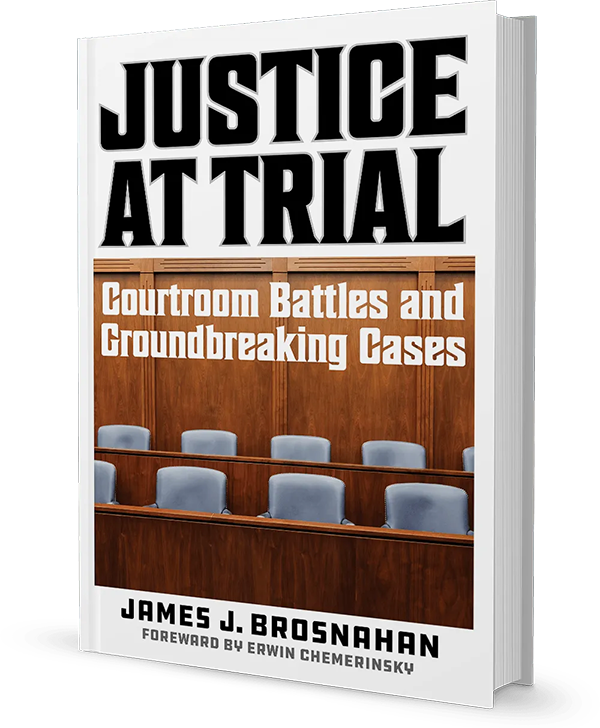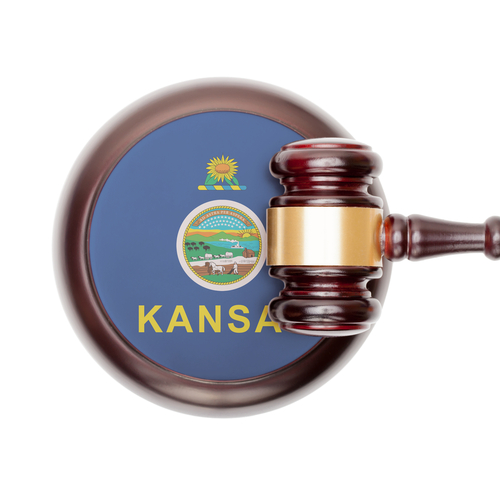Trial lawyer's tales include wins, losses and international intrigue

The year was 1961. Freshly minted attorney James J. Brosnahan had been on the job as a federal prosecutor in Phoenix for two days when he was handed his first trial: a capital murder case. Twelve days into the job, he'd won his first jury trial and caught the trial bug. (Though to his relief, the two young defendants escaped the death penalty.) For the next six decades, Brosnahan chased every opportunity to present to a jury, in civil and criminal court.
In his new memoir, Justice at Trial: Courtroom Battles and Groundbreaking Cases, Brosnahan selected 19 of the more than 150 cases that he brought before a jury. Each case reflects an issue that he sees as being critical to current cultural events, and he thinks that the losses are as important to share as the victories.
He’s fought for press freedom, a woman’s religious right to give sanctuary to undocumented migrants, and for a female corporate chairperson unfairly targeted because of her gender. His international experiences include trying to prevent a client from being framed by dictator Ferdinand Marcos of the Philippines and fighting for justice for assassinated lawyers in Northern Ireland.
In this episode of The Modern Law Library podcast, Brosnahan shares some of these stories with the ABA Journal’s Lee Rawles, elaborating on the most important lessons that he’s learned about juries, offering tips for aspiring litigators, and sharing what it was like to be former U.S. Supreme Court Justice Ruth Bader Ginsburg’s classmate at Harvard Law School.
In This Podcast:

James J. Brosnahan
James J. Brosnahan attended Boston College and Harvard Law School. He practiced law as a trial lawyer for over 60 years—five years as a federal prosecutor, 55 years in private practice, with 47 years at Morrison Foerster. He has been senior of counsel for three years, during which time he wrote his memoir, Justice at Trial: Courtroom Battles and Groundbreaking Cases. Brosnahan also taught at the University of California at Berkeley School of Law for 10 years, continues to lecture on law and the U.S. Supreme Court, and is a plein air painter. He lives in Berkeley, California, with his wife of 64 years, Judge Carol S. Brosnahan of the Alameda County Superior Court in California.



